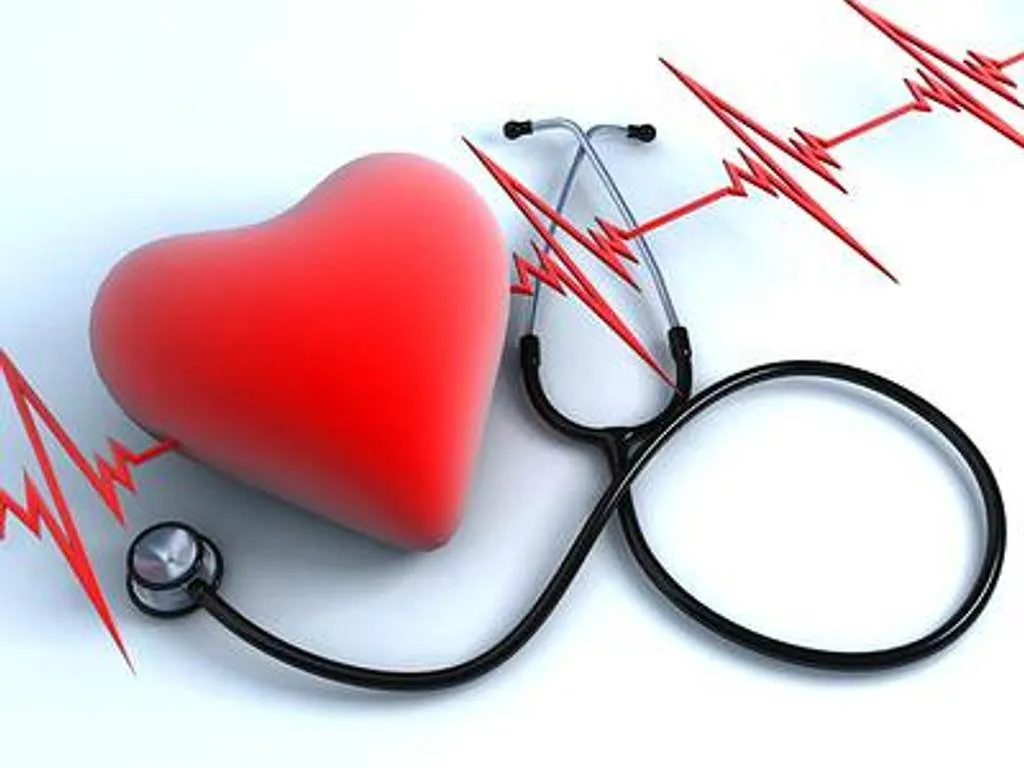
Hypertension or high blood pressure refers to the pressure of the blood on the arterial wall. Over time, hypertension can cause damage to blood vessels, leading to heart disease, kidney disease and, other problems. Hypertension is sometimes called a silent killer because it produces no symptoms and can be ignored and untreated for years.
According to the Centers for Disease Control and Prevention (CDC), about 75 million Americans have high blood pressure. Many of the risk factors for high blood pressure are out of your control, such as age, family history, gender, and race. But there are also some factors that can be controlled, such as exercise and diet. Diets that help control blood pressure are rich in potassium, magnesium, and Hypertension or high blood pressure refers to the pressure of the blood on the arterial wall. Over time, hypertension can cause damage to blood vessels, leading to heart disease, kidney disease and, other problems. Hypertension is sometimes called a silent killer because it produces no symptoms and can be ignored and untreated for years.

Have you ever thought about how to lower blood pressure naturally? Sodium has always been an important part of the fluctuations of blood pressure in the diet of high blood pressure and you will be safe. But current research shows that it is just as important to choose between natural foods low in sodium and at least two of the three powerful minerals: calcium, magnesium, and potassium. Add some balanced foods to your diet to reduce your risk of stroke and heart attack by almost half.

Leafy Greens
Potassium helps your kidneys to remove more sodium through your urine. This results in lowers your blood pressure.
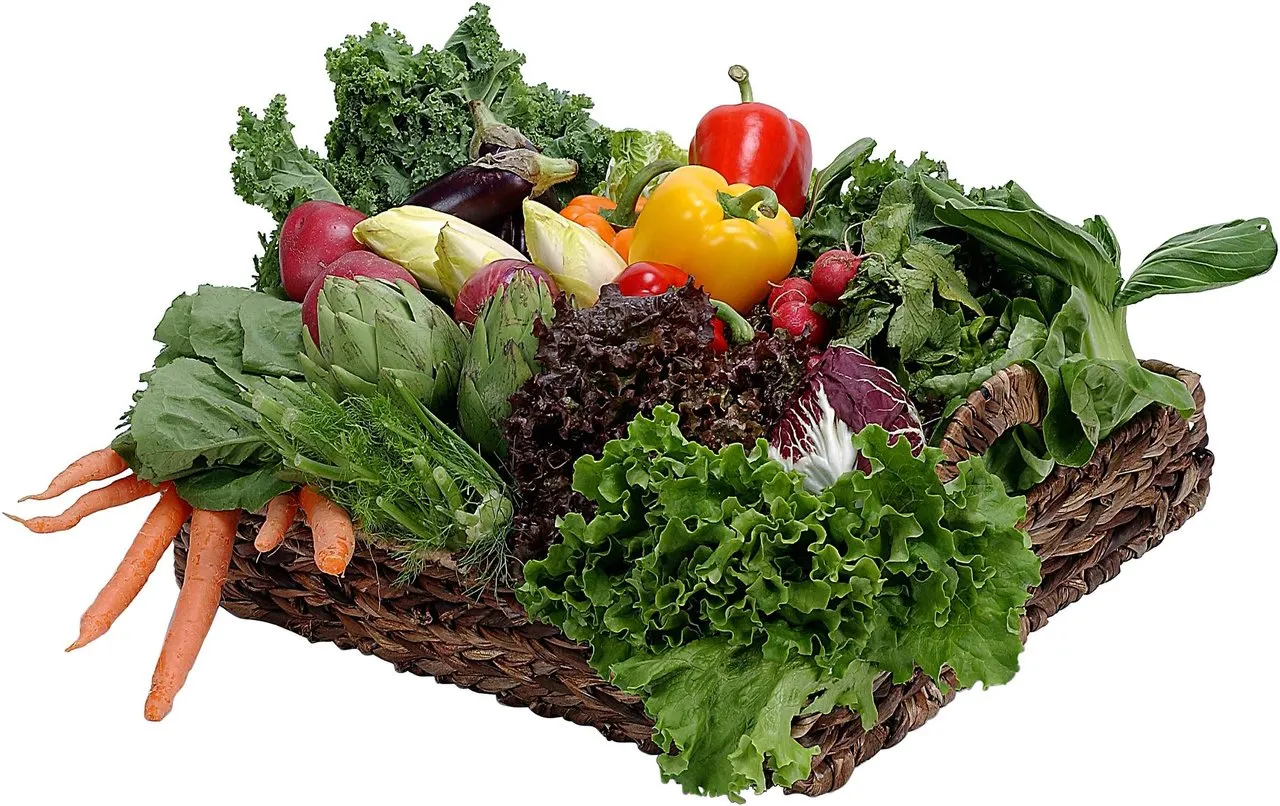
Green leafy vegetables with high potassium content include:
- Turnip greens
- Collard greens
- Spinach
- Beet greens
- Swiss chard
Berries
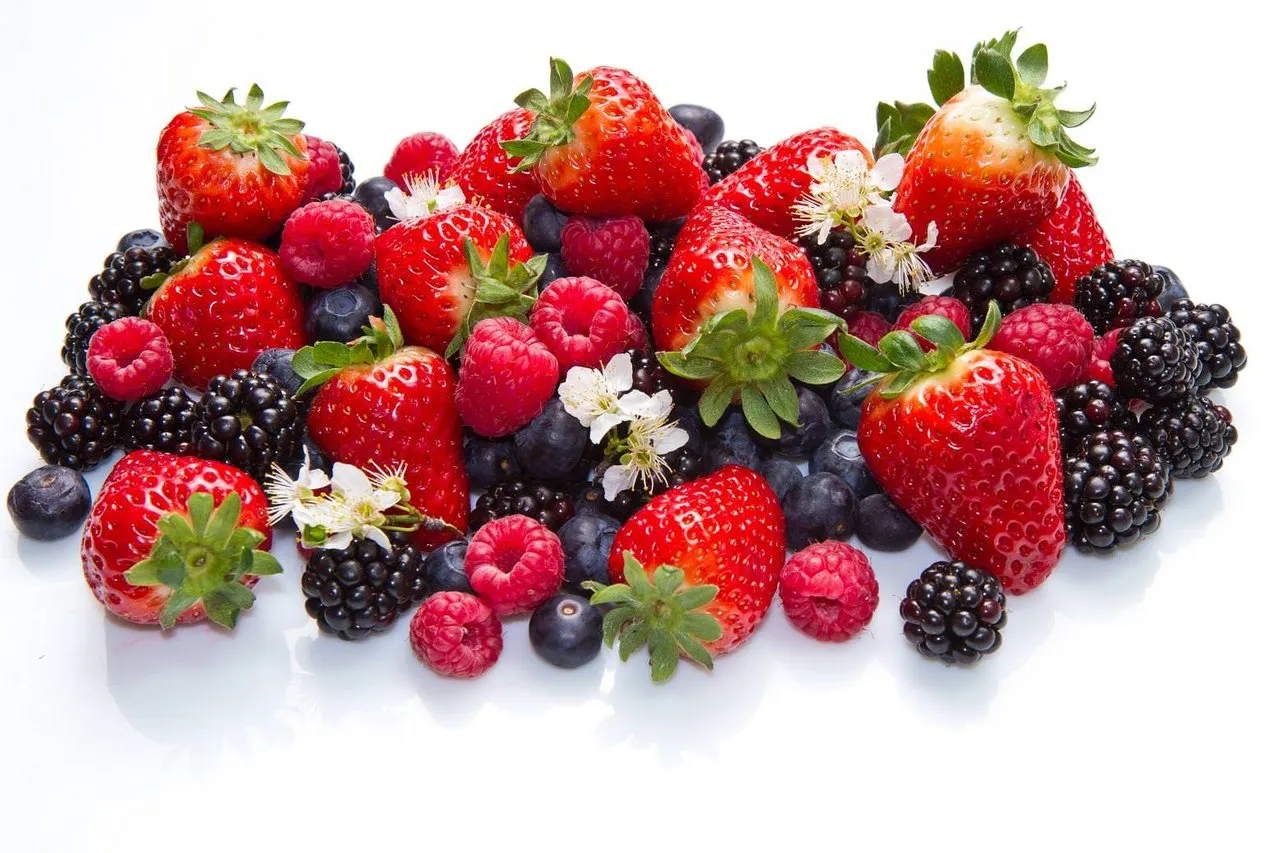
Some Berries, like blueberries, are rich in natural flavonoids. One study found that taking these flavonoids can prevent high blood pressure and help lower blood pressure.
Red Beets
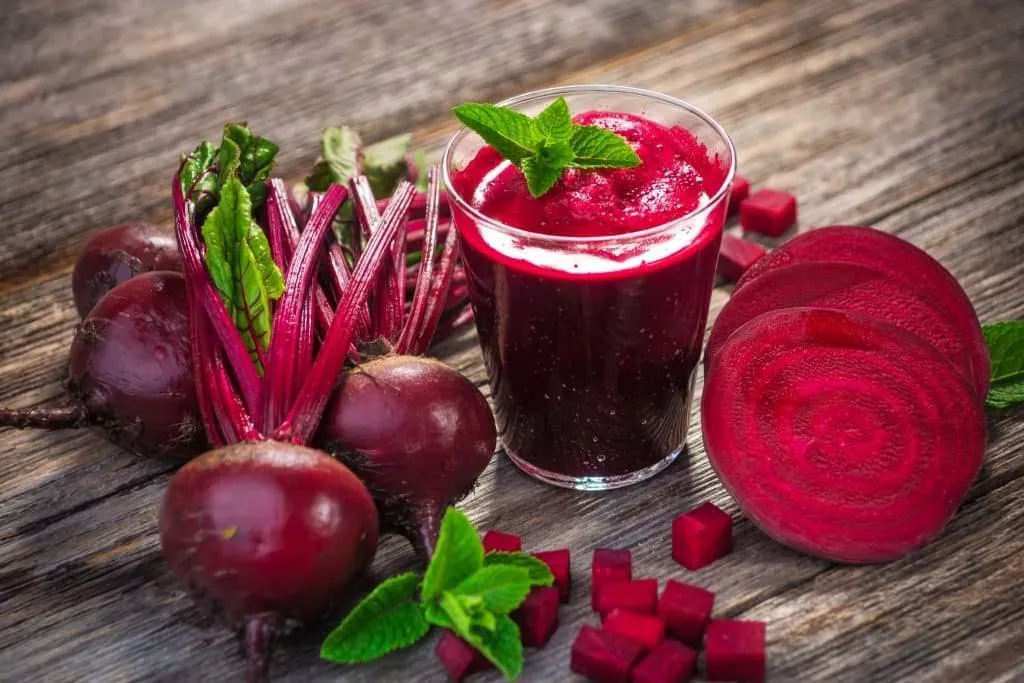
Beets are rich in nitric oxide, which can help open blood vessels and lower blood pressure. Research shows that nitrates in beet juice decreased blood pressure in just 24 hours
Skim Milk and Yogurt
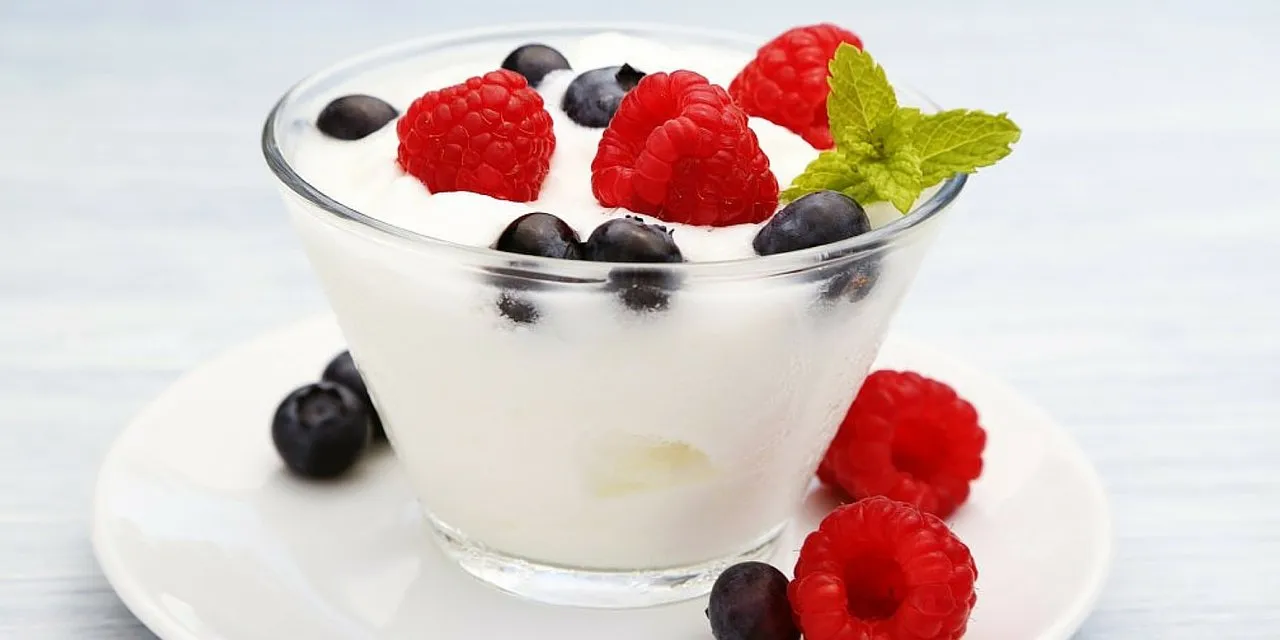
Skimmed milk is an excellent source of calcium with low-fat content. These are important elements of diet to decrease blood pressure. If you don't like milk, you can also choose yogurt.
According to the American Association of Heart, women who eat five servings of yogurt per week have a 20% lower risk of developing hypertension.
Oat Meal
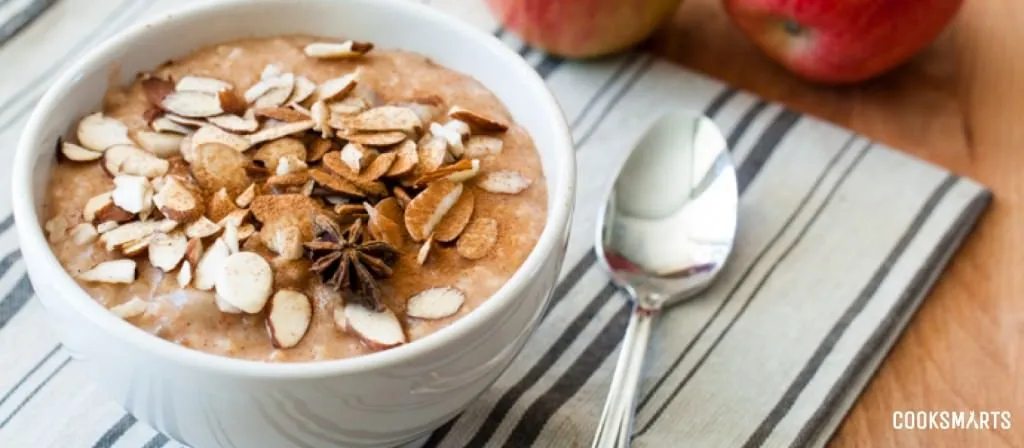
Oatmeal is suitable for high blood pressure, low fat and low sodium to reduce blood pressure. Eating oatmeal for breakfast is the best way to spend the day.
Bananas

Eating foods rich in potassium is better than taking supplements. Slice bananas into cereals or oatmeal to make them rich in potassium. You can also bring a boiled egg for a quick breakfast or snack.
Salmon, Mackerel, And Fish with Omega-3
Fish are an excellent source of lean protein. Oily fish such as mackerel and salmon are rich in omega-3 fatty acids, which can lower blood pressure, reduce inflammation and lower triglycerides. In addition to these sources of fish, trout contain vitamin D. Foods rarely contain vitamin D, and this hormone-like vitamin has properties that can lower blood pressure.
Garlic and Herbs
A review pointed out that garlic can help reduce blood pressure by increasing the amount of nitric oxide in the body. Nitric oxide helps to promote vasodilation or dilate arteries, thereby lowering blood pressure.
Pistachios
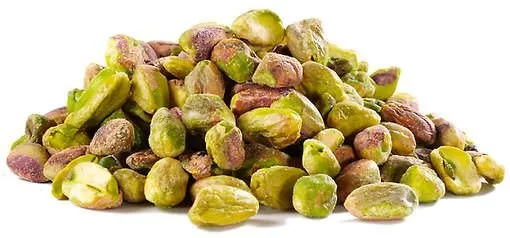
Pistachio is a healthy food to lower blood pressure by falling peripheral vascular resistance, vasoconstriction and heart rate. One study found that taking a pistachio diet a day helps lower blood pressure.
Olive Oil

Olive oil is an example of healthy fat. It contains polyphenols, which are anti-inflammatory compounds that help lower blood pressure.